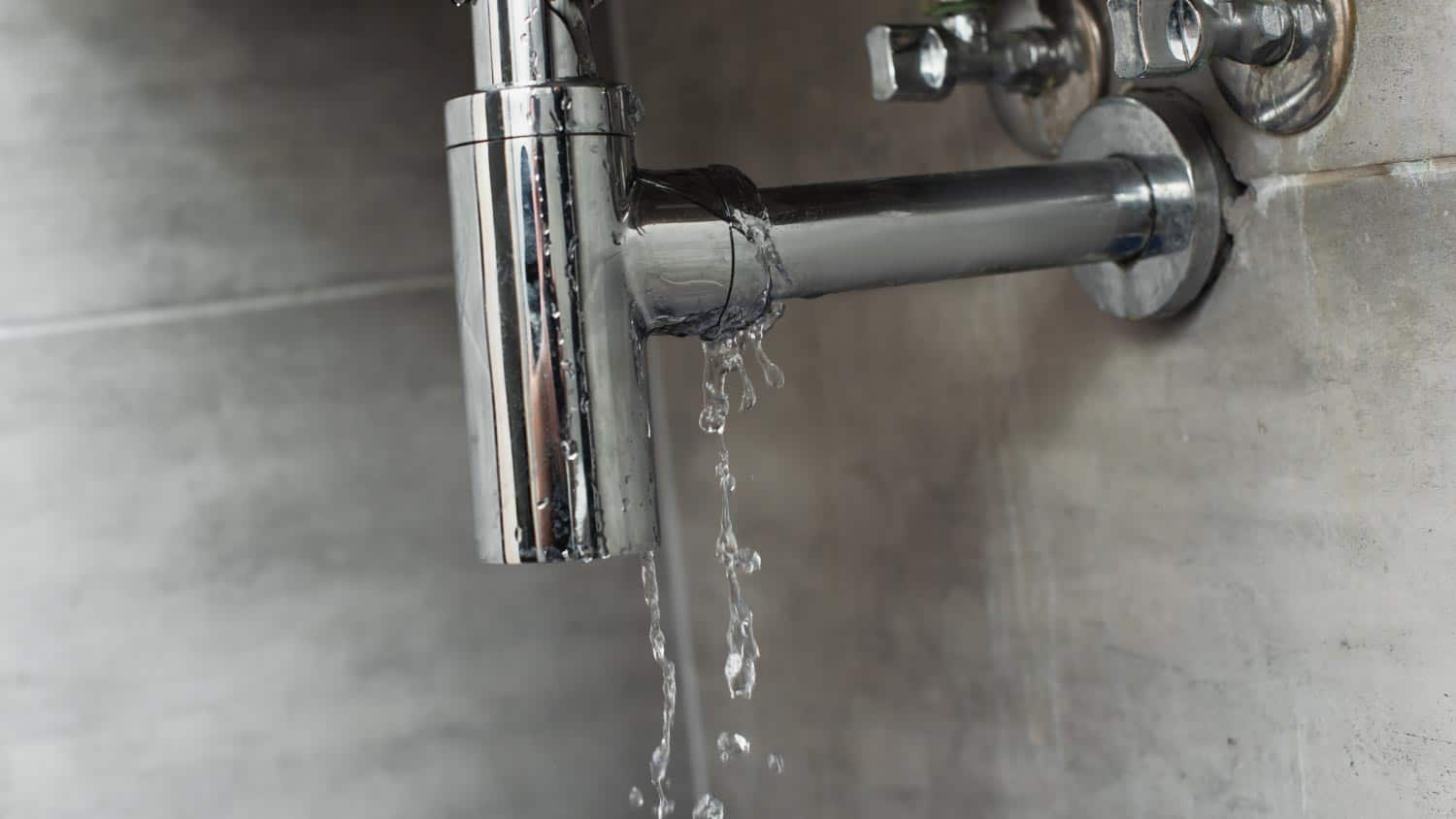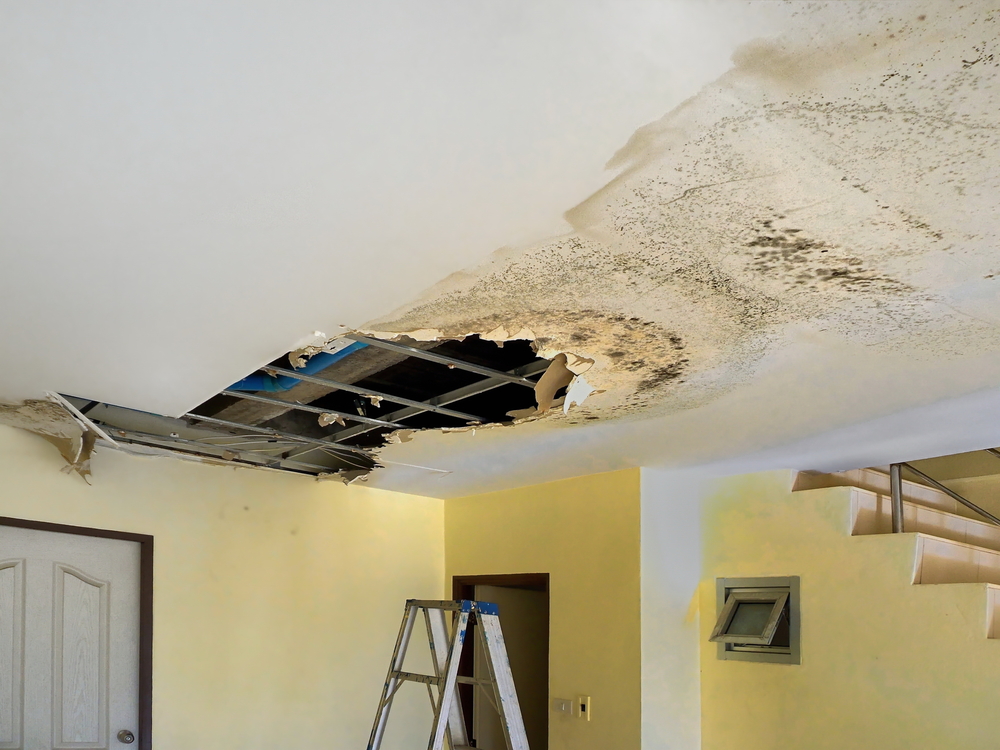6 Ways to Locate Concealed Water Leaks in Your House
6 Ways to Locate Concealed Water Leaks in Your House
Blog Article
They are making a number of great observations related to Leaking water lines as a whole in this content down below.

Early discovery of dripping water lines can minimize a potential disaster. Some small water leakages might not be noticeable.
1. Check Out the Water Meter
Every house has a water meter. Checking it is a guaranteed way that assists you uncover leaks. For starters, turn off all the water sources. Ensure nobody will certainly flush, use the tap, shower, run the cleaning equipment or dish washer. From there, go to the meter and watch if it will change. Since no one is using it, there ought to be no activities. If it relocates, that indicates a fast-moving leak. If you identify no adjustments, wait an hour or 2 and examine back again. This indicates you might have a slow-moving leakage that can also be below ground.
2. Check Water Usage
Evaluate your water bills and also track your water usage. As the one paying it, you ought to notice if there are any kind of inconsistencies. If you find sudden changes, despite your intake coinciding, it implies that you have leakages in your plumbing system. Remember, your water costs must fall under the very same variety every month. An abrupt spike in your expense indicates a fast-moving leakage.
A stable rise every month, even with the exact same behaviors, shows you have a slow-moving leak that's likewise slowly rising. Call a plumber to thoroughly inspect your home, specifically if you feel a warm area on your flooring with piping below.
3. Do a Food Coloring Test
When it comes to water intake, 30% comes from commodes. If the shade in some way infiltrates your dish throughout that time without flushing, there's a leakage in between the container and also dish.
4. Asses Outside Lines
Do not neglect to inspect your outside water lines too. Needs to water permeate out of the link, you have a loose rubber gasket. One tiny leakage can squander loads of water and increase your water expense.
5. Examine the situation and also check
House owners ought to make it a routine to inspect under the sink counters and also also inside cabinets for any kind of bad odor or mold development. These 2 red flags suggest a leak so punctual attention is called for. Doing routine examinations, also bi-annually, can conserve you from a major issue.
Examine for discolorations and deteriorating as a lot of pipelines and also appliances have a life span. If you believe dripping water lines in your plumbing system, don't wait for it to escalate.
Early detection of leaking water lines can reduce a prospective catastrophe. Some tiny water leaks may not be visible. Inspecting it is a guaranteed method that assists you uncover leakages. One little leakage can lose bunches of water and also increase your water expense.
If you presume dripping water lines in your plumbing system, do not wait for it to intensify.
WARNING SIGNS OF WATER LEAKAGE BEHIND THE WALL
PERSISTENT MUSTY ODORS
As water slowly drips from a leaky pipe inside the wall, flooring and sheetrock stay damp and develop an odor similar to wet cardboard. It generates a musty smell that can help you find hidden leaks.
MOLD IN UNUSUAL AREAS
Mold usually grows in wet areas like kitchens, baths and laundry rooms. If you spot the stuff on walls or baseboards in other rooms of the house, it’s a good indicator of undetected water leaks.
STAINS THAT GROW
When mold thrives around a leaky pipe, it sometimes takes hold on the inside surface of the affected wall. A growing stain on otherwise clean sheetrock is often your sign of a hidden plumbing problem.
PEELING OR BUBBLING WALLPAPER / PAINT
This clue is easy to miss in rooms that don’t get much use. When you see wallpaper separating along seams or paint bubbling or flaking off the wall, blame sheetrock that stays wet because of an undetected leak.
BUCKLED CEILINGS AND STAINED FLOORS
If ceilings or floors in bathrooms, kitchens or laundry areas develop structural problems, don’t rule out constant damp inside the walls. Wet sheetrock can affect adjacent framing, flooring and ceilings.
https://www.servicemasterbyzaba.com/blog/how-to-detect-water-leakage-in-walls/

I'm very inquisitive about Locating water leaks and I hope you enjoyed the entire blog post. Do you know somebody who is fascinated by the subject? Do not hesitate to promote it. Thanks so much for taking the time to read it.
Report this page